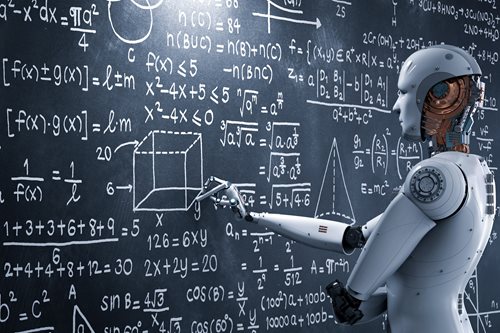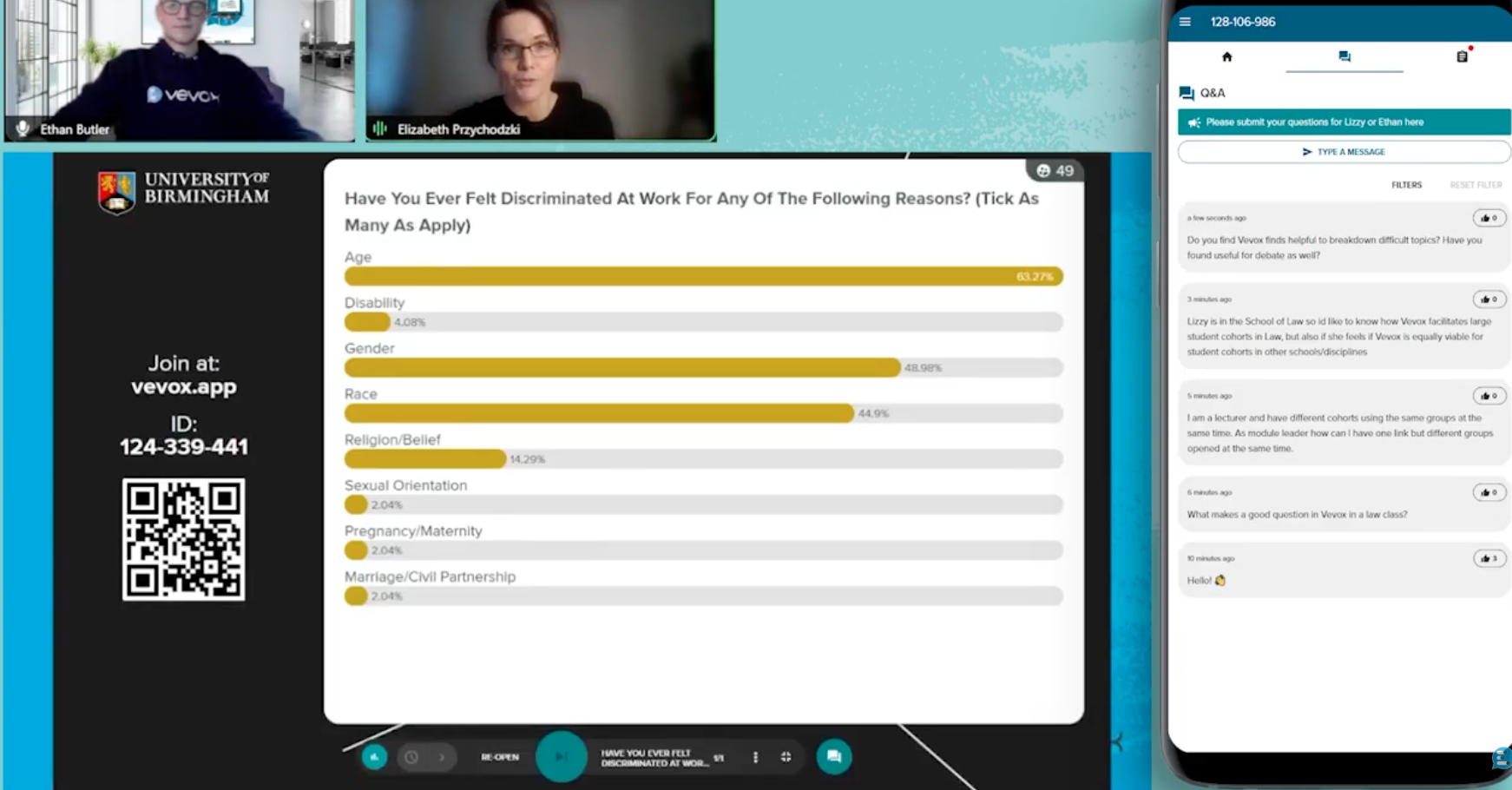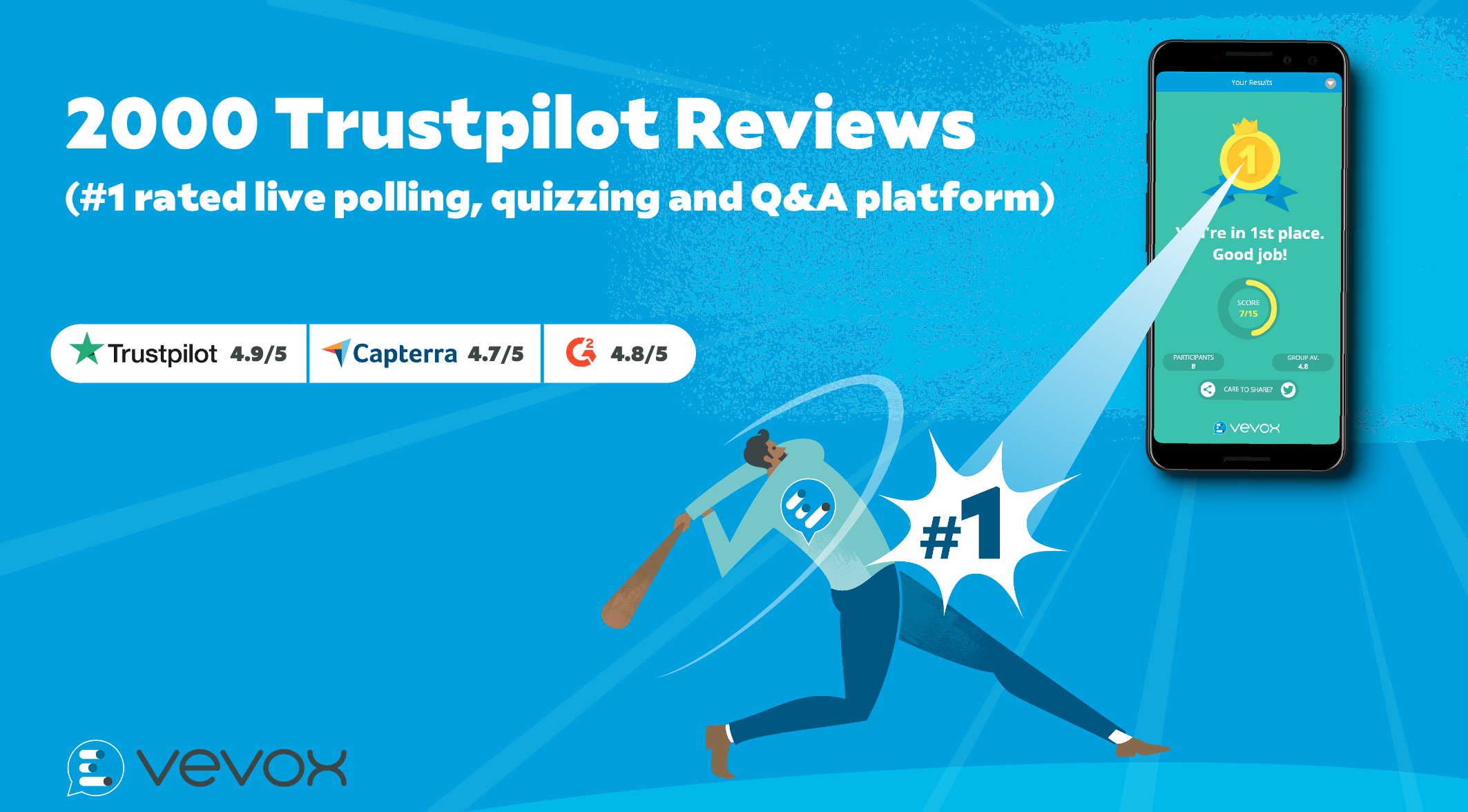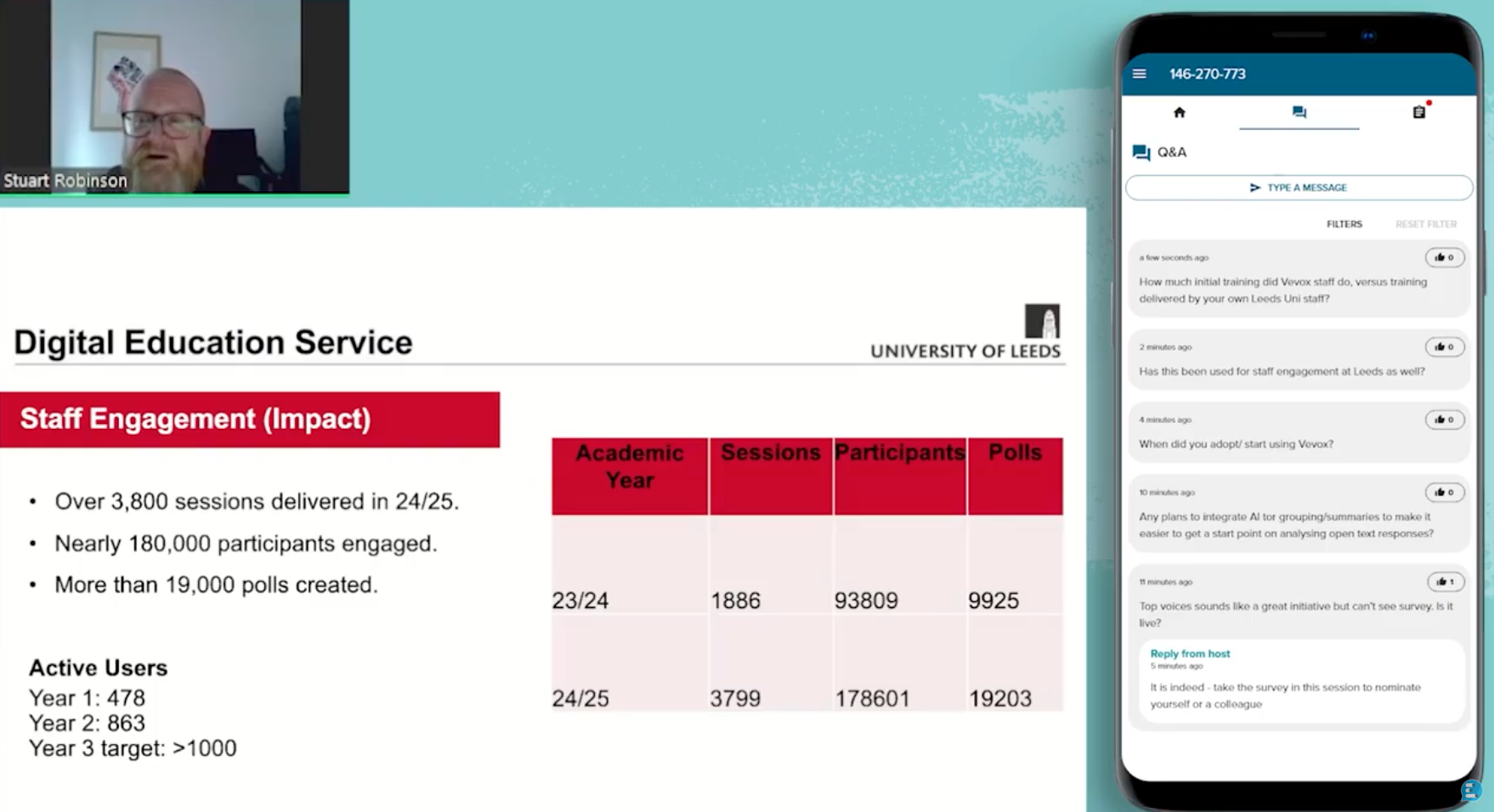AI-Powered Learning Management Systems
One of the most common ways that AI is being used in lectures and classrooms is through learning management systems (LMS/VLEs). These systems use AI to personalize learning for each student, providing them with customized content and feedback based on their individual needs and preferences. For example, an AI-powered LMS might analyze a student's performance on quizzes and assignments to identify areas where they are struggling. It can then provide them with additional resources and support to help them improve in those areas. This can help students to stay engaged and motivated, as they are receiving feedback that is tailored to their specific needs.
AI-Powered Virtual Learning Assistants
Another way that AI is being used in lectures and classrooms is through virtual assistants. These assistants can help students navigate the learning process, providing answers to questions and guiding them through complex concepts. For example, a virtual assistant might be able to answer questions about a lecture or assignment or provide students with additional resources to help them understand a topic. This can help students to stay on track and feel more confident in their learning. It can also act as a constant mentor to assist in the learning process.
AI-Powered Student Engagement & Assessment Tools
AI is also being used to improve student engagement and for assessment tools in lectures and classrooms. For example, AI can be used to grade essays and other written assignments, providing students with immediate feedback on their work. This can help to reduce the workload for teachers, as they no longer have to spend hours grading papers. It can also help students to receive more feedback on their work, which can help them to improve their writing skills. AI is also being used for engaging students for instance you can run AI-generated polls to interact with a whole lecture of students to ask them what they think of a said question. These questions can be generated instantly from AI and if they are quiz-based questions, the AI will also program the correct answers and the explanations for the correct answers so you can the perfect quiz for your students.
AI-Powered Language Translation
Another way that AI is being used in lectures and classrooms is through language translation. AI translation tools can help students who speak different languages to communicate with each other and understand lectures and other materials. For example, a student who speaks Spanish might be able to use an AI-powered translation tool to understand a lecture that is being given in English. This can help to create a more inclusive learning environment, where students from different backgrounds can learn together and share real-time communication in different languages.
AI-Powered Learning Analytics
The sixth way AI is being used, is to analyze data on student learning in lectures and classrooms. This can help teachers to identify areas where students are struggling and adjust their teaching methods accordingly. For example, an AI-powered learning analytics tool might be able to identify that a large number of students are struggling with a particular concept and highlight particular challenges. The teacher can then adjust their lesson plans to provide more support and resources on that topic or question.
The AI discussion in education
AI is transforming the world of education already and causing debates in every country due to its applications and advancements. From being used for generating essays to detecting AI written content to be used and discussed in a lot of industry modules, there is no getting away from the discussion of AI.
AI-powered tools and technologies are being used in multiple faculties from science for learning about how we detect health issues faster and more accurately to business applications to increase productivity in workforces. The use cases of AI in the world of work will ultimately impact how it is taught in education. Universities are very much in the thick of AI discussion due to how fast AI is moving already in different industries and being used by individuals as well. As AI continues to evolve in the next couple of years, we can expect to see even more exciting applications in the field of education and debates over harmful use cases of AI to be prevented.
- What is AI, the dangers and how it's changing the workplace?
- Learn about Vevox's AI quiz generation tool to engage students
Why not sign up to Vevox and get our limited 20% off discount for Education users here when signing up to our pro plan?




